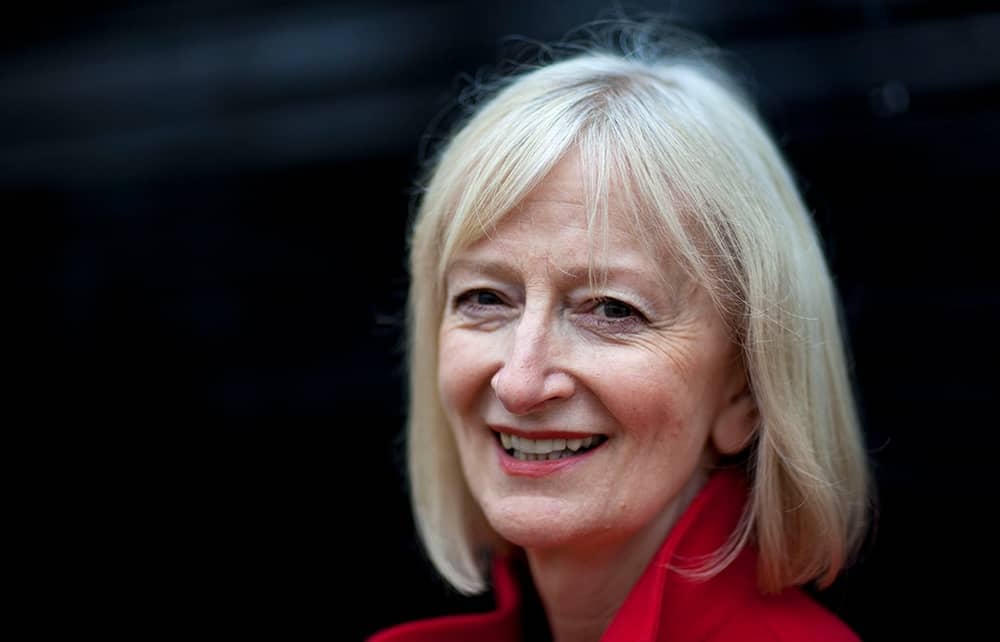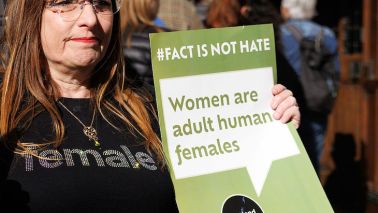This is the kind of novel that will be discussed jubilantly in the book clubs of places like Lib Dem north Oxford. It is a social polemic disguised as fiction. Maggie Gee’s concerns are topical: migration, global warming, ‘the virus’, colour prejudice and first nations. The Red Children will be selective in its appeal.
The plot is a surreal fantasy set on ‘the edge of England’, in Ramsgate, where Gee lives. Strange red people with large heads turn up suddenly and stand about naked on the seafront looking out to the Channel or in to Pegwell Bay. The locals, apart from an unstable minority, members of the PBF – the Put Britain First movement – decide to welcome and accommodate them. It transpires that these newcomers are residual Neanderthals who have been living in caves in Gibraltar and are now escaping the rising temperatures of Africa and the Mediterranean. Their leader is a phoney professor, supposedly holding several Cambridge degrees, Juan Der Tal – the clue is in the name.
Simultaneously, a couple of crazy ravens (remember that the settlement was originally Hraefnesgeat – Ravensgate) chatter about events. They are not quite a classical chorus, but almost. The town’s cliff caves, housing strange creatures, recall Robert Graves’s sea-caves of Criccieth in ‘Welsh Incident’.
Events culminate in a midsummer party, a festival of thanksgiving that the professor, his mistress and the local mixed-race acting headmaster of the primary school organise. A storm presages catastrophe, so the red people are summoned back to Gibraltar. Their return involves the theft of a tourist attraction replica Viking warship, ‘dragon-headed’, in which to make the voyage. Vikings, we are reminded, were early migrants to Britain’s shores.
At every turn the allegory is reinforced, sermons are preached.







Comments
Join the debate for just £1 a month
Be part of the conversation with other Spectator readers by getting your first three months for £3.
UNLOCK ACCESS Just £1 a monthAlready a subscriber? Log in